Gladiolus: How to Plant, Grow and Care for Gladiolus Flowers

Gladiolus (plural gladioli), with their dramatic sword-like leaves, have sturdy flowering stems that stand up to 5 feet tall and have been loved by generations of gardeners! These trumpet-shaped flowers are also known as sword lilies and come in shades of almost every color and are the perfect backdrop to garden beds. Home flower gardeners […]
How to Plant, Grow, and Care for Amaryllis All Year Round

Amaryllis, with its beautiful clusters of fragrant blossoms, is a holiday favorite. A South African-native, it delivers its trumpet-shaped blossoms in the winter, often just in time for the holidays. That can mean Christmas but can also include Valentine’s Day. There’s nothing like the lift the bright red, white or pink blossoms can give your […]
Shallots: What Are They, and How to Plant and Grow Them
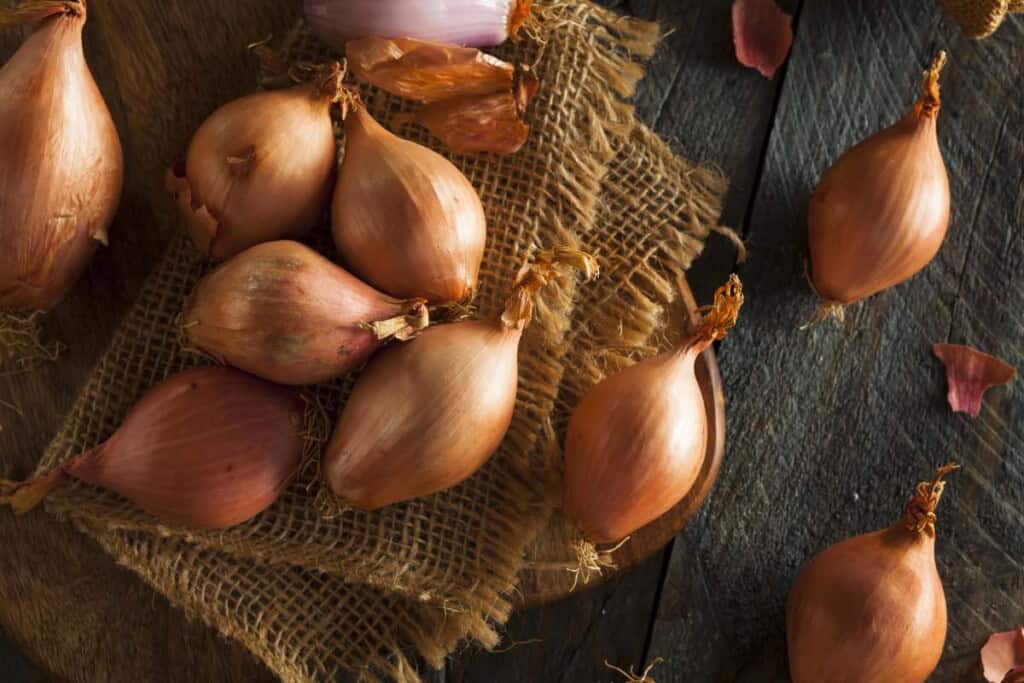
Folks who do a lot of cooking at home frequently run into recipes that use shallots instead of onions. Because they’re so expensive, shallots are sometimes seen as the rich man’s onion. But that’s an unfair comparison. While shallots are in the onion family and resemble their cousins — though when you start to separate […]
13 Free DIY Greenhouse Plans (By Type of Greenhouse)
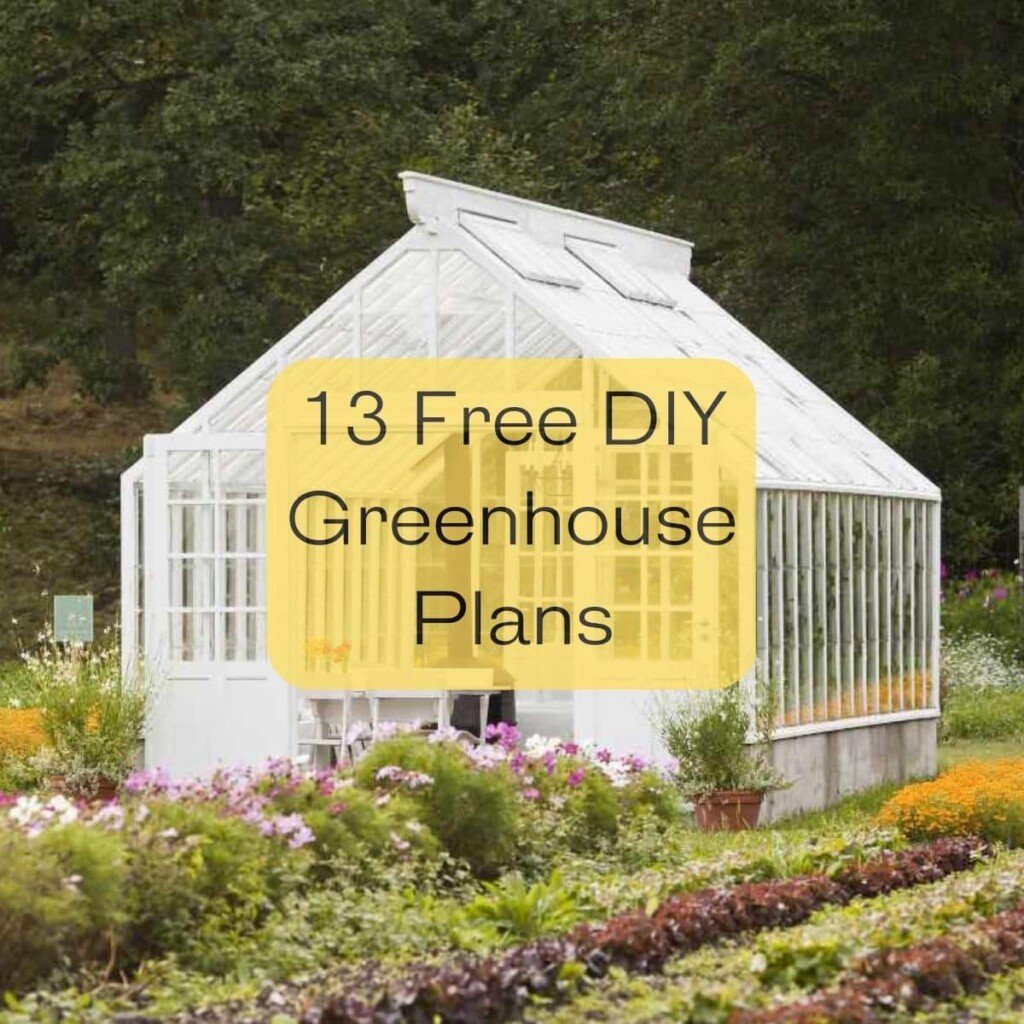
Do you dream of growing your own tomatoes, herbs, and vegetables all year long? Then a DIY greenhouse is what you need! Having your own greenhouse can help you extend the growing season and allow you to enjoy your favorite hobby even during winter and cold climate! Sure, you can buy a greenhouse kit and […]
Aquaponics System: Complete Beginner’s Guide + Benefits

Growing vegetables and raising fish in a sustainable garden system.
Complete Beginner’s Guide to the Best Raised Bed Soil
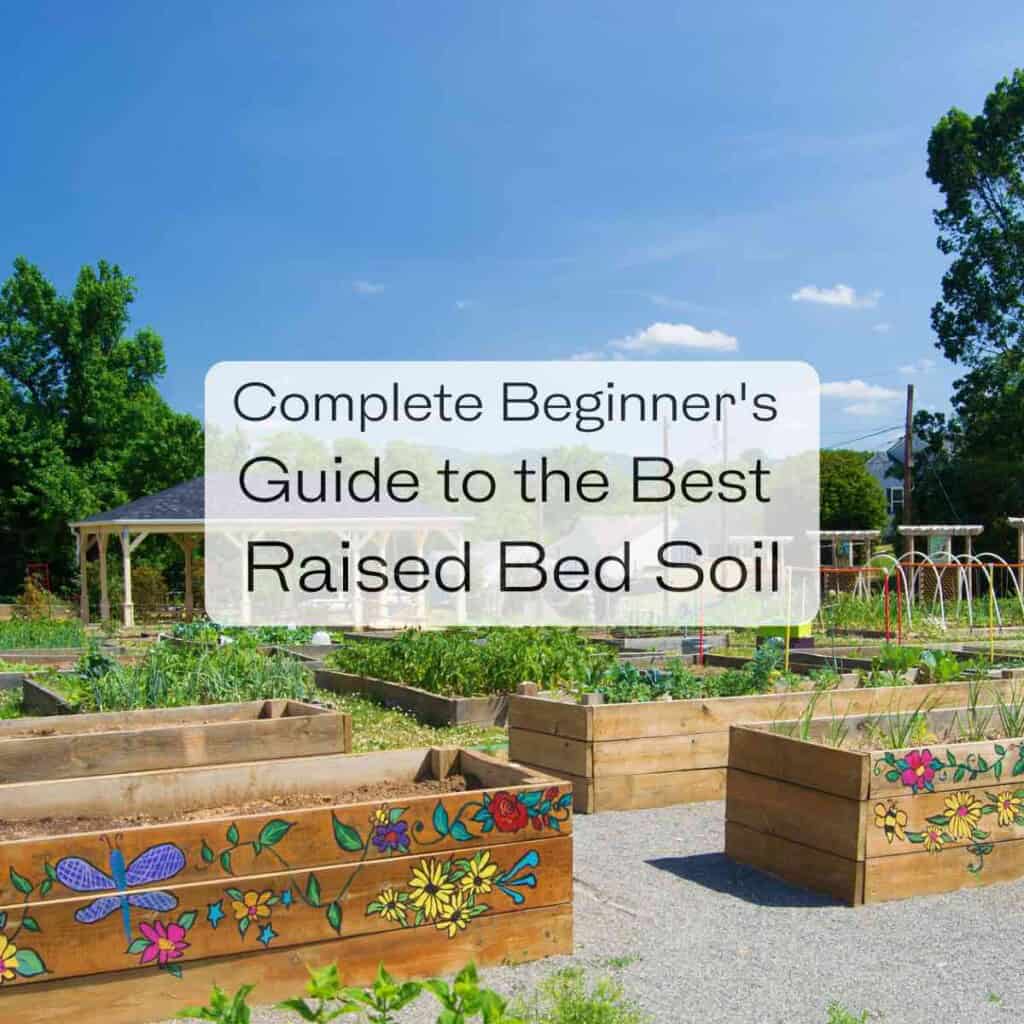
How to build the best soil for your raised garden beds — recipe included!
The Best Compost Tumblers (Plus How + Why to Use Them)
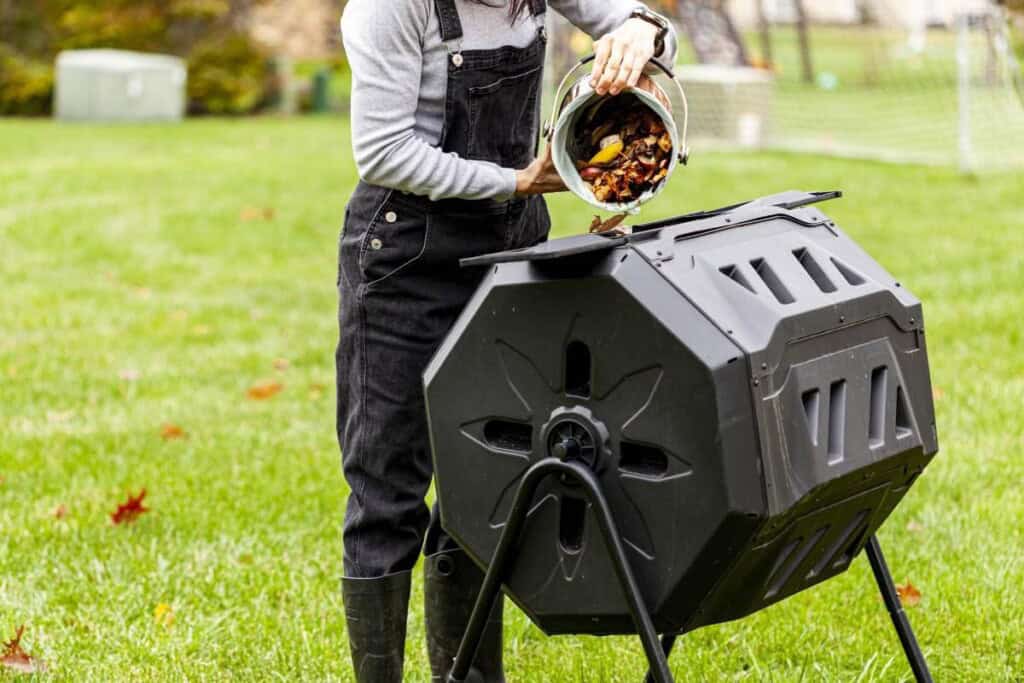
Commercial tumblers have been available for decades and the choices available have mushroomed over the last several years.
Ultimate Beginner’s Guide to Growing Herbs Indoors

Growing fresh herbs through the winter under lights is easy. Here’s how.
Venus Fly Trap Care – Everything You Need To Know

How to grow, feed and care for these lovely carnivorous indoor plants.
How to Grow Peppers from Seeds – The Complete Guide

Starting your own hot and sweet peppers from seed gives you selection, growing options, and enjoyment.
How to Compost at Home: Step by Step Guide for Beginners
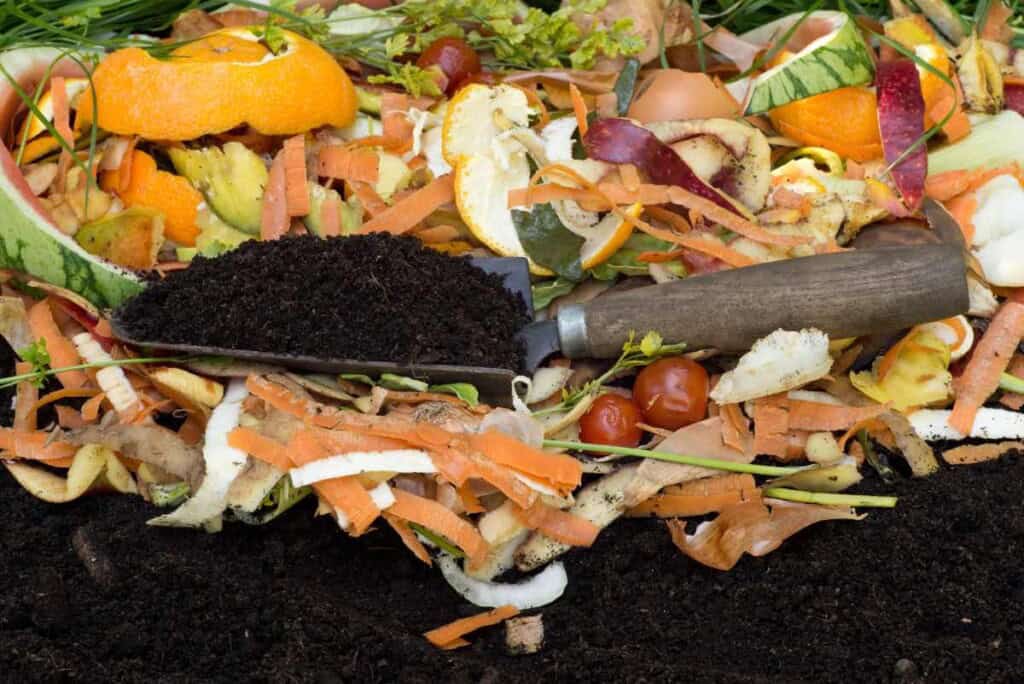
Compost happens… but it happens a whole lot faster when you know how!
FULL GUIDE: White Bird of Paradise Care (Strelitzia Nicolai) + FAQ
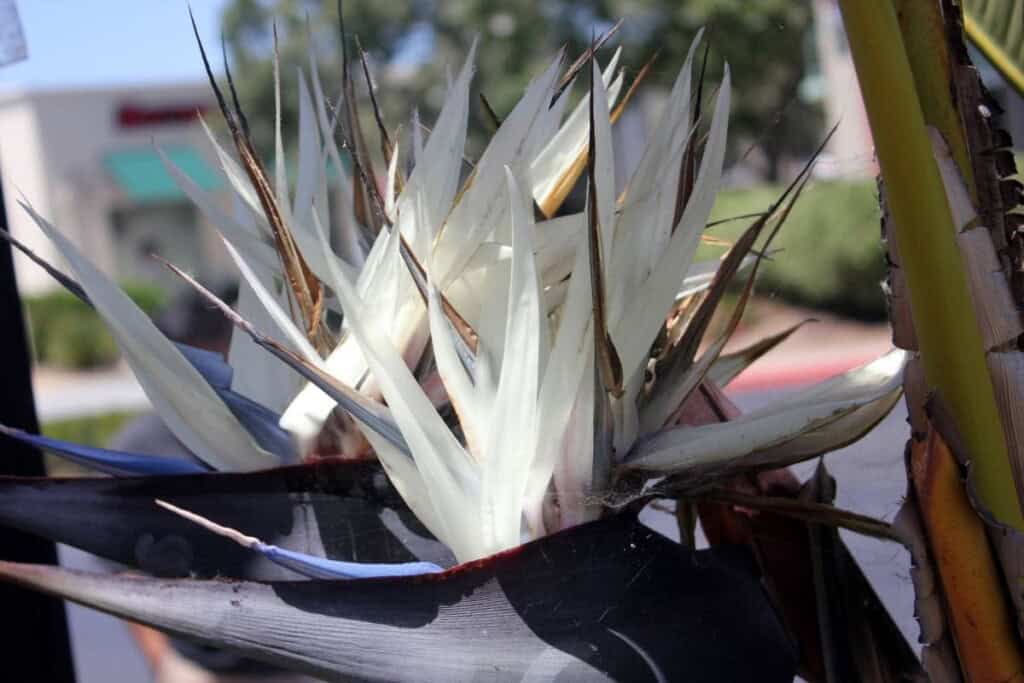
The white bird of paradise plant (Strelitzia Nicolai) belongs to the bird of paradise plant species. The white bird of paradise is native to South Africa but has also been grown in Florida, California, and other locations. Botanist refers to it as the queen of the indoor plant world and the giant bird plant grows […]
